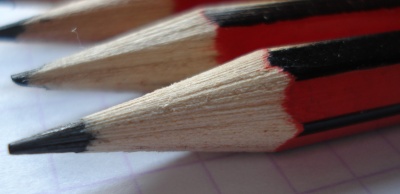
It was a real pleasure to discover the Staedtler tradition 110. Like the pacific, it is also made in Australia.
With red paint on four sides, black on two, and gold lettering, it does look different than a North American pencil. This is a pencil colouring I’ve seen in many photos and illustrations, but never previously in person.
The winning grace is the lead. In HB, it is easily the smoothest of the pencils of New Zealand and Australia that we’ve looked at so far. Other grades also handle themselves well. It is made in fourteen degrees, so it constitutes an entire line.
The only flaw I can see is the varnish, which is very thin. Without much scrutinizing, one can see a multitude of grain lines and dimples in the wood.

This pencil is definitely recommended.

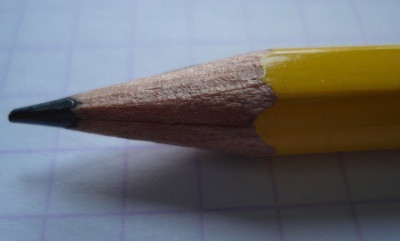

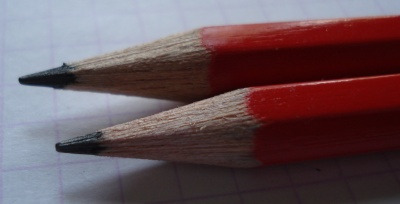


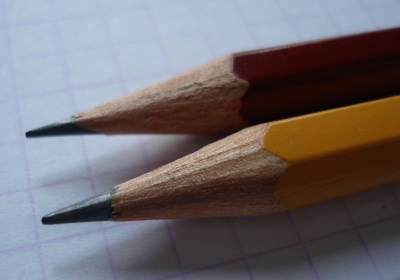
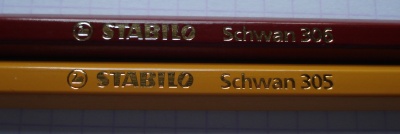
 Schwan-STABILO’s website says the company was founded in Bavaria in 1855. Today, they are a successful conglomerate with 2800 employees, and their main revenue source is from cosmetic pencils.
Schwan-STABILO’s website says the company was founded in Bavaria in 1855. Today, they are a successful conglomerate with 2800 employees, and their main revenue source is from cosmetic pencils. 